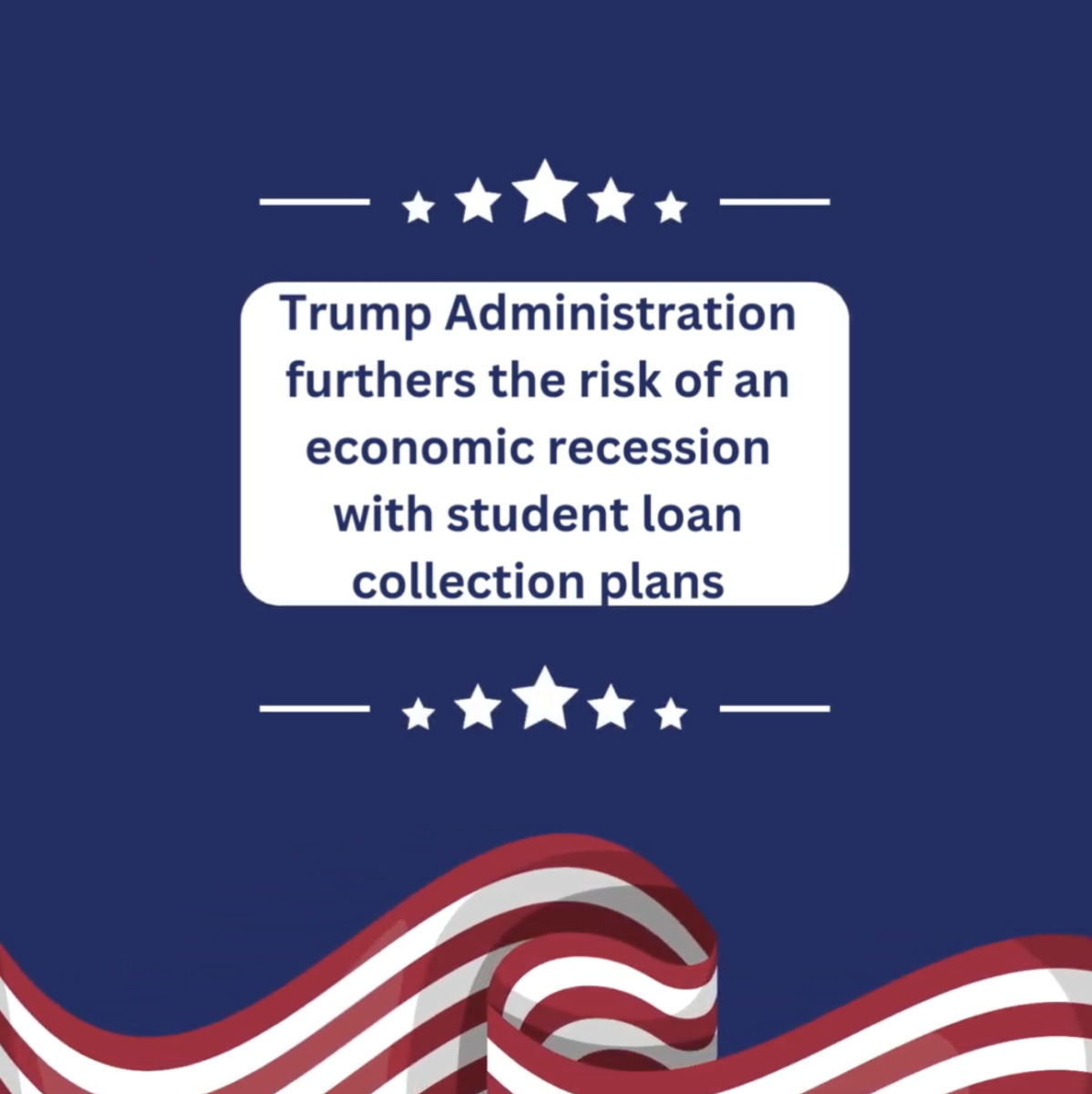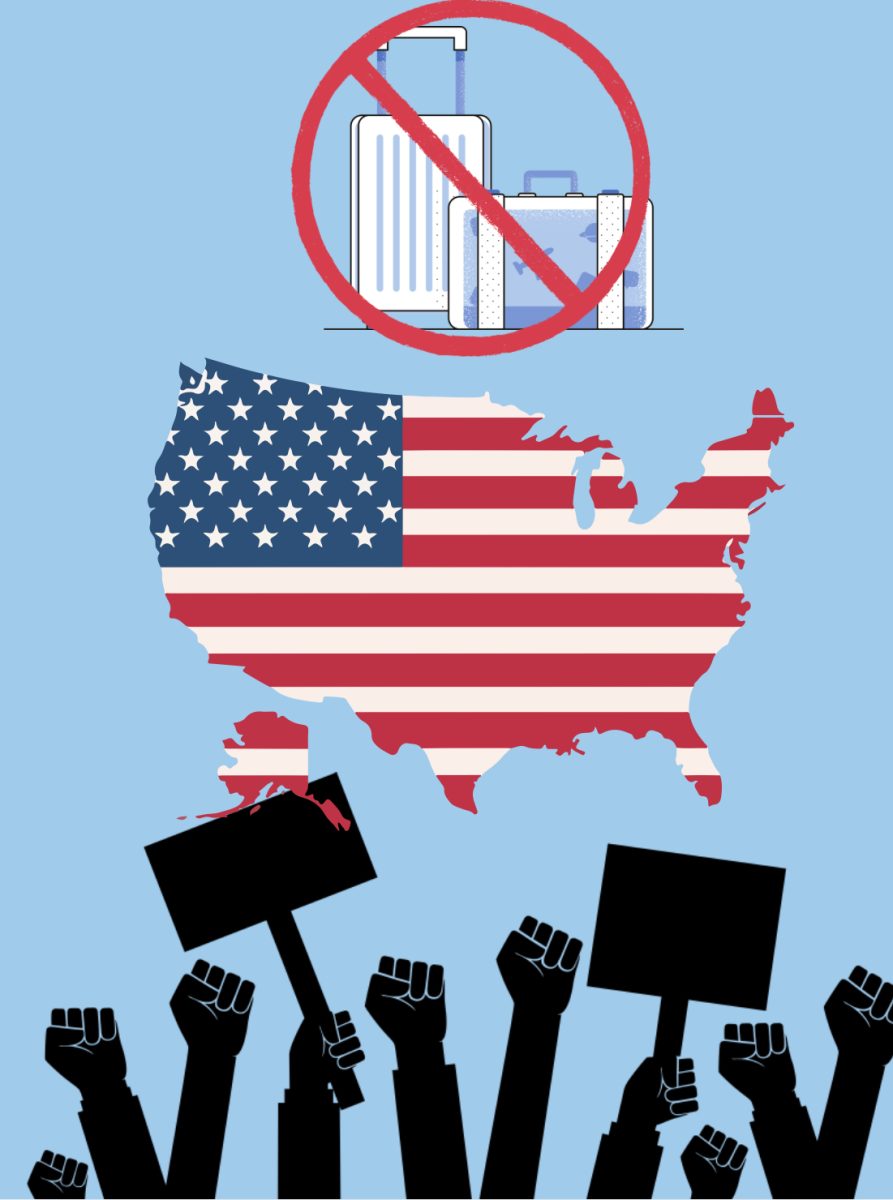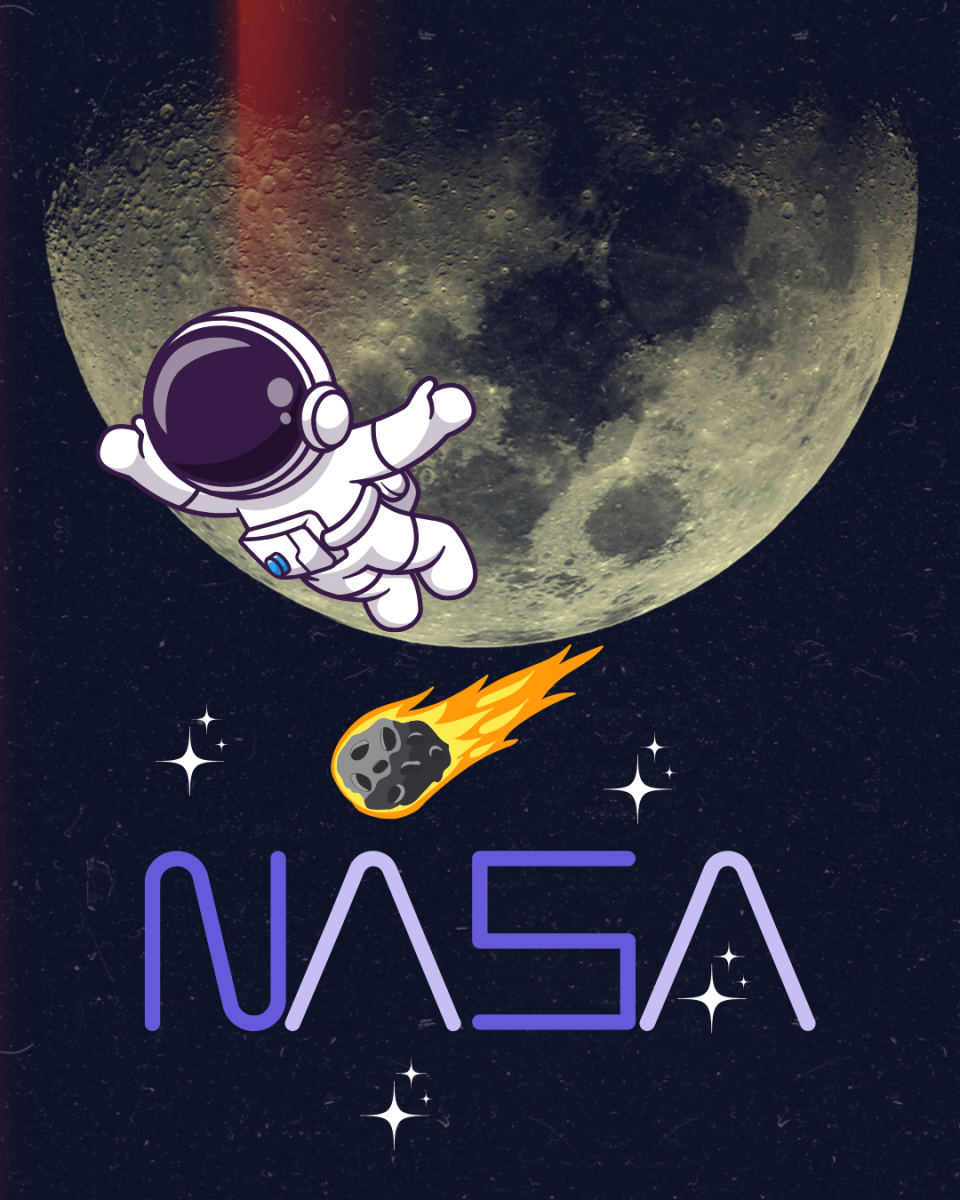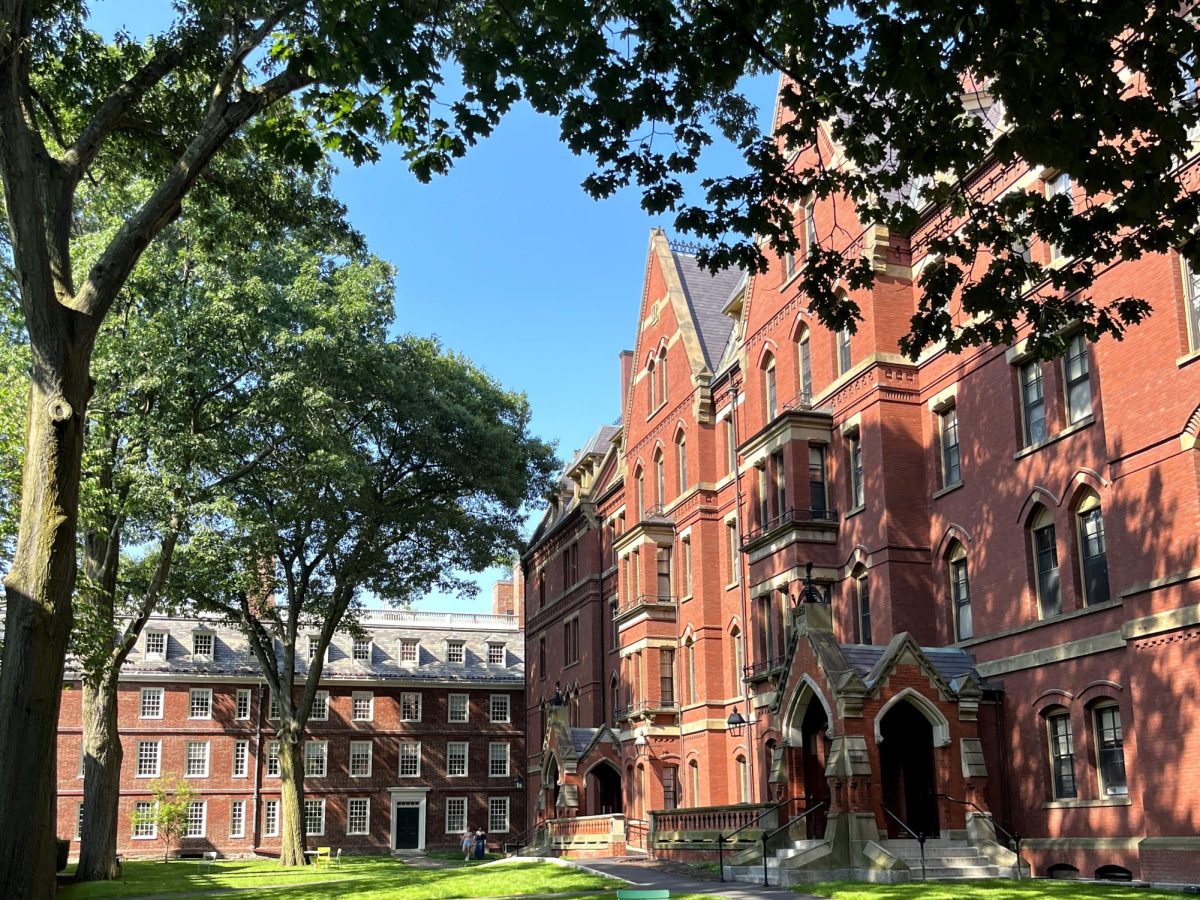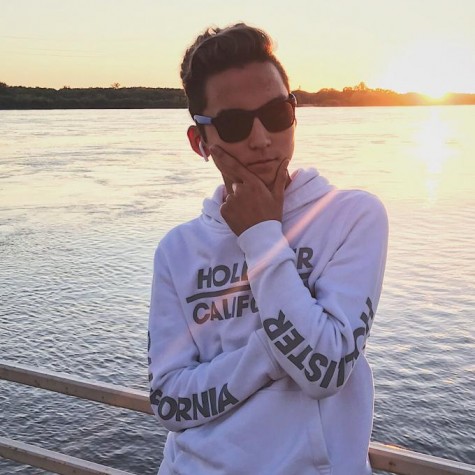The airline industry is facing a growing problem: a shortage of pilots. As the number of air travelers continues to increase, so does the need for pilots.
There are approximately 610,000 pilots in the United States, which is down nearly 30% from 1987, according to the Federal Aviation Administration. The need for pilots is reaching an all-time high and as reported by Boeing, there will be a need for 804,000 pilots in the next 20 years. This shortage is affecting all areas of the aviation industry.
Many factors have led to this shortage such as the high cost of becoming a pilot, a mandatory retirement age, and a limit on the number of hours a pilot can fly. The average cost of becoming a commercial pilot is nearly $70,000. On top of that, the FAA has mandated a retirement age of 65 for all commercial pilots, requiring some pilots to retire earlier than they might like to. To round off the bunch, the FAA also has implemented a maximum flying time of 1,000 hours per year.
This shortage is being seen in all areas of aviation, from the college flight programs to the airline industry. Ryan Schade, a 2017 graduate of Bettendorf and current flight student at California Baptist University, stated, “Many instructors have the mentality of ‘getting through’ instructing just so they can go to the airlines.”
A pilot must go through 1,000-1,500 hours of ground/flight training before they are able to fly for an airline such as Delta, American, or United, some of America’s best-known airlines. A major part of receiving hours is through flight instructing at a flight school. Schade stated that many instructors are eager to get into the airline industry and once they reach the minimum amount of hours, they immediately transfer to the airlines. This leads to flight schools constantly searching for new flight instructors, which has forced some schools to turn away prospective students.
Another factor that has led to the shortage is the age of most airline pilots. Ben Bolte, a pilot for Delta Airlines, said that after the Vietnam war, the military “released thousands of experienced pilots into workforce,” thus creating a surge of pilots throughout the industry. Shortly after the Vietnam war, the “Reagan years saw a large military buildup during the Cold War. All branches of the military were training pilots at a fairly high level.” Many of the airline industry’s current pilots were part of that era and are now reaching the mandatory retirement age of 65. The United States has not seen another moment in time where this many pilots have entered the field.
The timeline to become a pilot is a long and expensive track. A common way is to study at a college or university that offers an aviation program. It’s usually a 4 year bachelor’s degree made up of 120 credit hours. The first step is to obtain a private pilot license, which enables one to fly a single engine aircraft alone. “It can take anywhere between a few months to a year, depending on how dedicated the person is, weather, aircraft availability, etc,” said Schade.
Once one obtains the private pilot license, the next step to achieve an instrument rating. According to Bolte, this “enables you to fly in clouds or fog, when the weather is bad.” From there, most pilots follow up with a commercial license, which typically occurs when they have 200-250 hours. This allows the pilot to transport cargo, do aerial surveying, and conduct search and rescue operations. To round off the certifications, many typically train for the multi-engine rating, which enables a pilot to fly an aircraft with more than one engine. From here, many aspiring pilots receive their CFI certification and train others until they reach that minimum amount of hours to fly for an airline. “On average, it would take someone 3-4 years to receive their license, as well as instrument, commercial, multi-engine, and Certified Flight Instructor (CFI),” stated Schade. On the top of the heavy workload, aviation is also an expensive degree option with many college flights programs costing upwards of $150,000 for four years.
While it may be a long and tedious process, made up of lots of training and studying, it has its payoffs. Many pilots only work around 10-20 days per month, depending on the amount of seniority. Traveling to new places is essentially free, and most airlines allow immediate family to fly for free, depending on seat availability. If a pilot picks up a flight they were not scheduled for, many airlines offer anywhere from 200-300% premium pay. This has allowed some pilots to make upwards of $250,000 per year.
Juan Carrillo, a frequent traveler and former PV foreign exchange student, said that “I really hope the pilot shortage is fixed so it doesn’t affect air travel for people.” If the shortage continues, the world could see many more issues arising such as less flights scheduled and more delayed/canceled flights.
As the pilot shortage throughout the world continues to rise, airlines are finding new ways to find pilots whether that be increased premium pay, more days off, or more benefits. As one of the world’s most common ways of travel, there’s a dire need for new hires.


